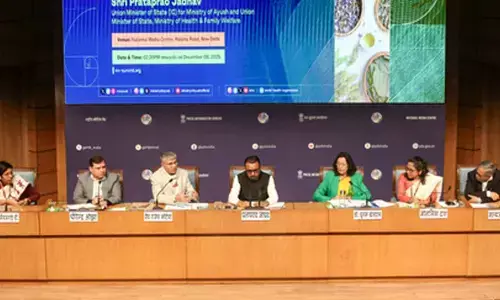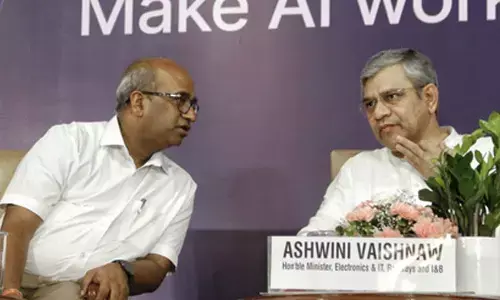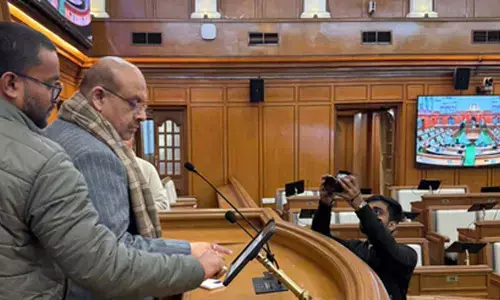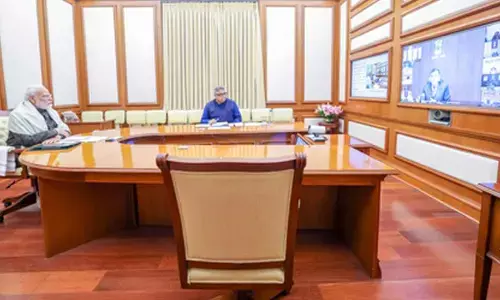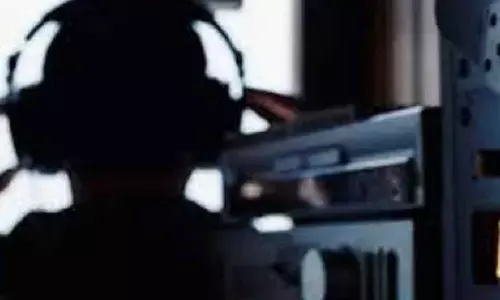Gearing up students for global careers in gaming
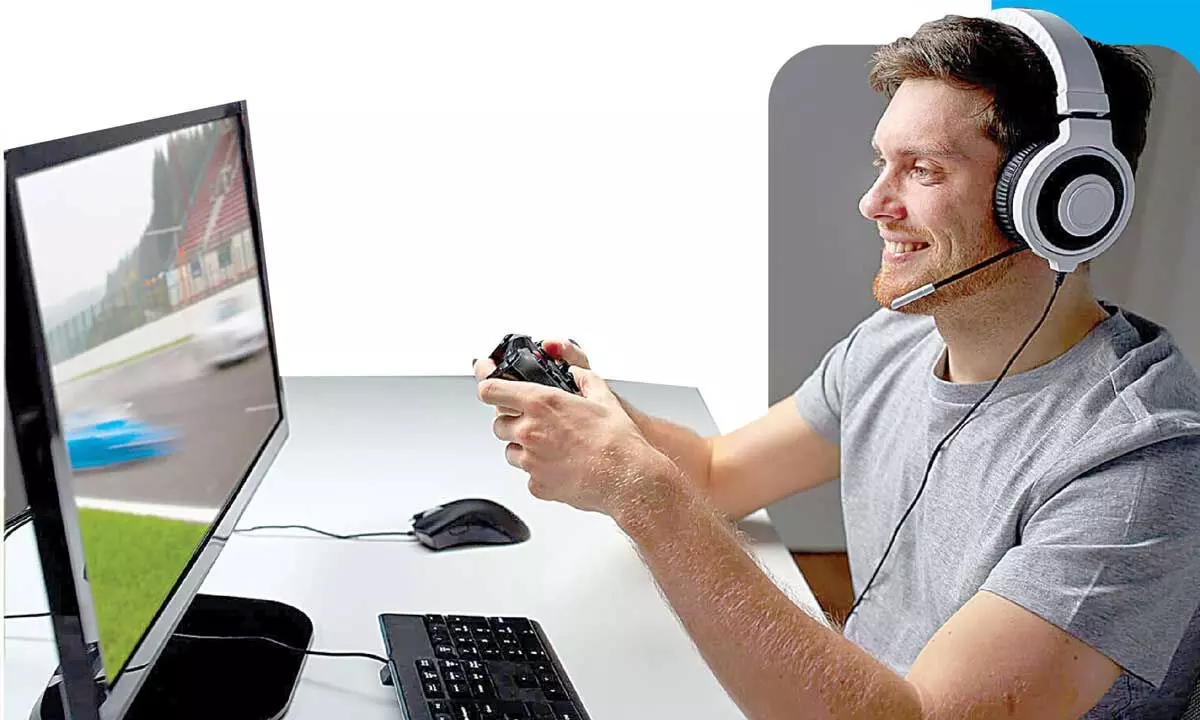
The future of design in India is ripe with opportunities. Game design and immersive tech stand out as vibrant, high-growth sectors, offering attractive salaries and the chance to reshape how we interact with the world. Traditional fields, too, are evolving, proving that design is not static but a continuously adapting discipline. For those ready to embrace these changes, the possibilities are endless. Design in India is not just about aesthetics or functionality—it’s about leading a revolution where creativity meets technology
India is on the cusp of a design revolution, with Game Design and AR/VR emerging as lucrative fields under initiatives like Digital India. The gaming industry is booming, offering high salaries and creative opportunities, while AR/VR is transforming sectors from education to healthcare. Traditional design fields are also evolving with technology. For aspiring designers, the future is bright—where innovation, creativity, and technology converge to shape tomorrow’s world
India stands on the brink of a design revolution, driven by transformative initiatives like Design in India and Digital India under the leadership of Prime Minister Narendra Modi. These movements are reshaping how we view and value design, placing innovation and technology at the forefront. As aspiring designers look ahead, the future shines brightly with opportunities in Game Design and Immersive Technologies like AR and VR. These fields not only unleash creative freedom but also offer rewarding career paths with competitive salaries and growing job security.
Game Design and AR/VR: The New Frontiers of Design
The global gaming industry is projected to reach $250 billion by 2025, driven by advancements in technology and an increasingly diverse player base (Statista, 2023; PwC, 2022). In India, the gaming market is valued at $2.8 billion as of 2023 and is growing at a remarkable 30% annual rate, propelled by the mobile gaming boom and the development of locally relevant content (KPMG India, 2023; World Economic Forum, 2023)
Game design, however, is more than coding and animation—it’s an art form. It combines immersive storytelling, world-building, and the crafting of interactive experiences that resonate with audiences. Entry-level professionals in India can earn`8-10 lakhs annually, while experienced designers can command salaries of`30-50 lakhs or more, particularly in leadership or niche roles.
Similarly, the AR/VR industry is on an upward trajectory. Globally, it is estimated to grow to $296.9 billion by 2024, with applications expanding across education, healthcare, retail, and entertainment (World Economic Forum, 2023). In India, AR/VR designers earn competitive salaries ranging from`10-15 lakhs at the entry-level to`25-40 lakhs for experienced professionals.
Design at the Heart of the Creative Economy
Globally, the creative economy contributes around 3% of GDP, with design forming a crucial component (UNESCO, 2023). In India, the design sector is evolving rapidly, blending traditional craftsmanship with modern technology. Game design and immersive tech are at the forefront of this evolution, enabling new ways for users to interact with content and services while creating economic opportunities.
For students, this represents more than just a career; it’s a chance to lead innovation in an industry that prizes creativity and technological acumen.
Reimagining Traditional Design Specializations
While Game Design and AR/VR take centre stage, traditional design disciplines like fashion, interior design, and product design are also undergoing significant transformations.
• Fashion Design: Digital fashion is revolutionizing the industry, offering virtual try-ons and enabling sustainable production through 3D printing.
• Interior Design: Virtual reality allows clients to explore spaces virtually before they’re built, while smart technologies redefine functionality and aesthetics.
• Product Design: The integration of AI and IoT is leading to intelligent, user-centred products that cater to evolving consumer needs.
Success in these fields will depend on how effectively designers integrate emerging technologies into their creative processes.
Shaping India’s Design Future
The future of design in India is ripe with opportunities. Game design and immersive tech stand out as vibrant, high-growth sectors, offering attractive salaries and the chance to reshape how we interact with the world. Traditional fields, too, are evolving, proving that design is not static but a continuously adapting discipline.
For those ready to embrace these changes, the possibilities are endless. Design in India is not just about aesthetics or functionality—it’s about leading a revolution where creativity meets technology.
Now is the time to harness this momentum and prepare for a future where design drives progress and innovation.
(The author is Head, School of Design and Creative Arts, Vedatya, Delhi/NCR)








